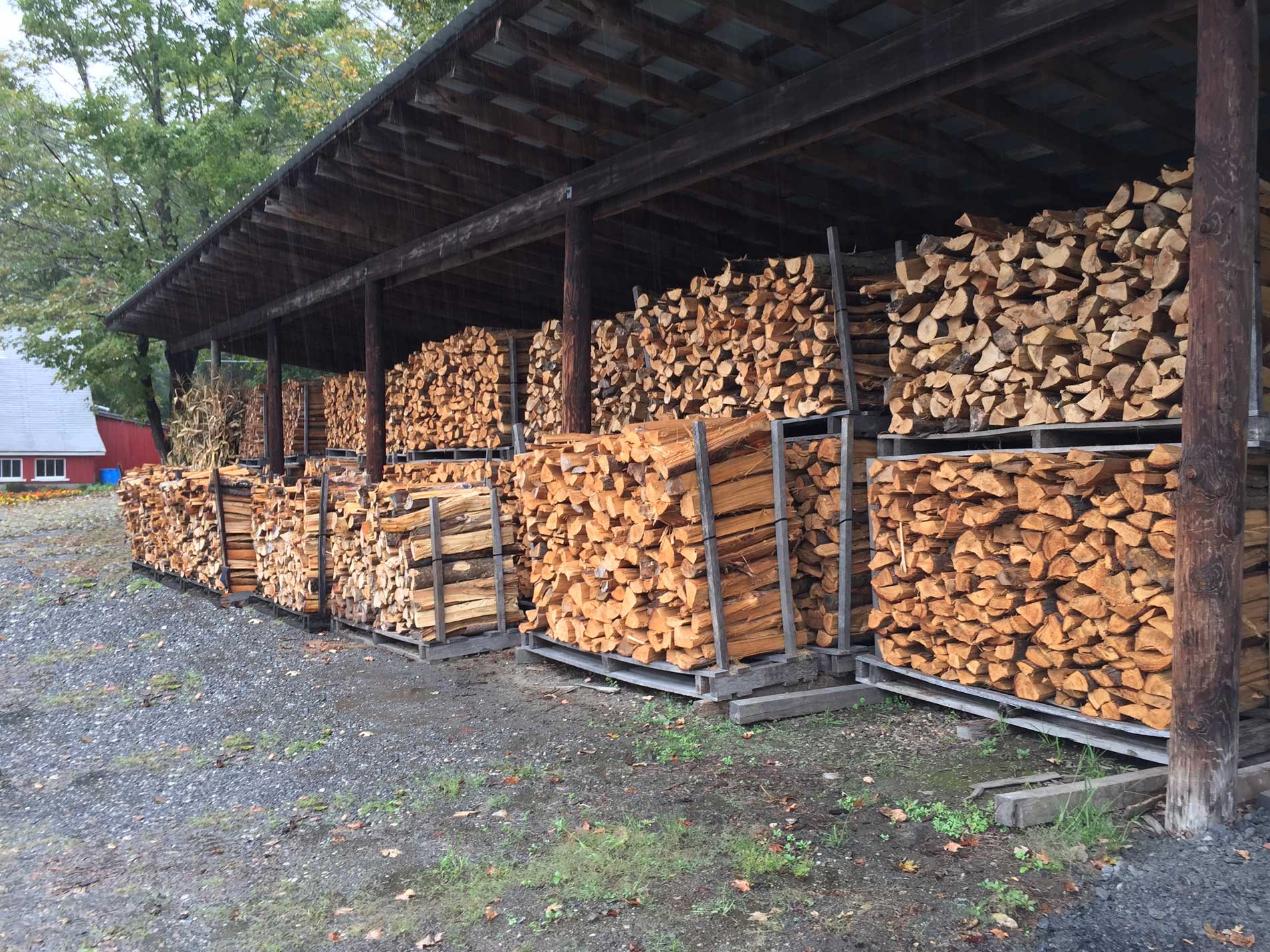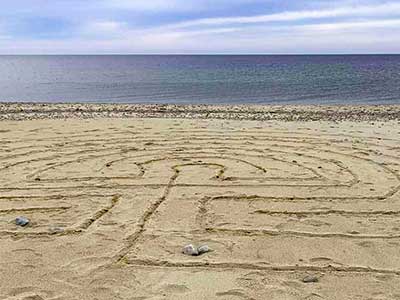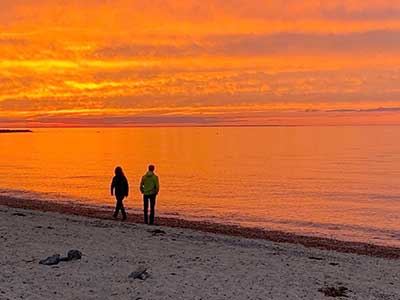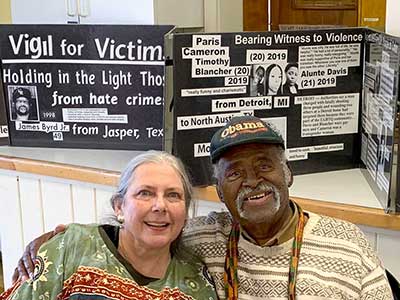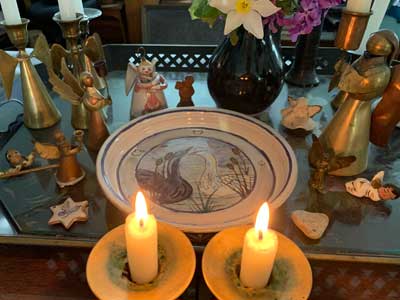by Stephanie Wood | November 2020
The Seal River is Manitoba’s only major waterway that hasn’t been dammed — and five Indigenous communities have banded together to keep it that way by establishing a protected area. Tadoule Lake is a Sayisi Dene community nestled in the Seal River Watershed, a vast, intact landscape that stretches across northern Manitoba from Hudson Bay almost to the Saskatchewan border. It’s dotted with trees, lakes and wetlands. Sandy hills left behind from glacial rivers, called eskers, snake across the land. The Sayisi Dene and the caribou have lived in relationship with the Seal River Watershed for many generations.
The 50,000-square-kilometre area — about the size of Nova Scotia — has escaped dams, mining and colonial settlement. It’s home to millions of birds, along with polar bears, moose, beluga whales and, of course, its namesake seals. The Seal River is also the only major river in Manitoba that is not dammed.
TAGS: [Assumptions] [2020’s] [Indigenous] [Environment] [History] [POC Climate Action] [Justice System] [Systemic Racism] [Housing] [Advocacy] [Role Model] [Strategies]
by Petula Dvorak | January 2021
Everyone — millions of people — saw this coming. President Trump invited his followers to D.C. a month ago, promising them it’s “gonna be wild.” They planned the riots openly on social media for weeks, bragging about how many guns they’d bring and the mayhem they’d set off. They came by the thousands, and outside the White House, Trump rallied them to march on the Capitol on Wednesday, reassuring them that “after this, we’re going to walk down there, and I’ll be there with you.” (He wasn’t.)
TAGS: [Assumptions] [2020’s] [White Supremacy] [White Privilege] [White Culture] [White Defensiveness] [White Blindness] [Systemic Racism] [Politics] [Policing] [-ing While Black] [Civil War] [Accountability]
by Ibram X. Kendi | January 2021
“Let me be very clear: The scenes of chaos at the Capitol do not reflect a true America. Do not represent who we are,” President-elect Joe Biden said during Wednesday’s siege. …To say that the attack on the U.S. Capitol is not who we are is to say that this is not part of us, not part of our politics, not part of our history. And to say that this is not part of America, American politics, and American history is a bald-faced denial. But the denial is normal. In the aftermath of catastrophes, when have Americans commonly admitted who we are? The heartbeat of America is denial. It is historic, this denial. Every American generation denies. America is establishing the freest democracy in the world, said the white people who secured their freedom during the 1770s and ’80s. America is the greatest democracy on Earth, said the property owners voting in the early 19th century. America is the beacon of democracy in world history, said the men who voted before the 1920s. America is the leading democracy in the world, said the non-incarcerated people who have voted throughout U.S. history in almost every state. America is the utmost democracy on the face of the Earth, said the primarily older and better-off and able-bodied people who are the likeliest to vote in the 21st century. America is the best democracy around, said the American people when it was harder for Black and Native and Latino people to vote in the 2020 election.
TAGS: [Assumptions] [2020’s] [Systemic Racism] [Black Lives Matter] [Indigenous] [Latino/a] [Denial] [History] [Politics] [White Defensiveness] [White Blindness] [White Privilege] [White Culture] [White Supremacy] [Slavery] [Civil War] [Racial Terrorism] [Policing] [Police Shootings] [Economics]
by Stephen Raskauskas | May 2017
The waltz is typically associated with composers from German-speaking countries. The word waltz is, after all, German. Viennese composers like Beethoven and Schubert composed waltzes. Viennese composer Johann Strauss II was known as the “Waltz King.” But at the same time that the Viennese were waltzing around ballrooms and clinking their champagne glasses, the people of Mexico were enjoying waltzes, too, many of which were composed in Mexico. One of the most famous waltz composers in Mexico was Juventino Rosas. He was born in 1868 in Santa Cruz de Galeana to parents who were Otomí. The Otomí people are one of many indigenous groups in Mexico. In 2015, over 25,000,000 people living in Mexico identified as indigenous.
TAGS: [Assumptions] [Indigenous] [2010’s] [Latino/a] [Myths] [Art & Culture] [Implicit Racism] [History] [Silencing POC]
by gamma | January 2020
Most Black folks have heard or used the term Uncle tom when we refer to a sell-out, or someone we feel is tap dancing for the attention and acceptance of other races. It has always been used in a derogatory manner to infer that this was the type of person who cozied up to his slave master, but did you know that the inference and analogy is totally wrong? … His name? Josiah Henson! Josiah Henson was an author, abolitionist, and minister. Born into slavery, in Port Tobacco, Charles County, Maryland, he escaped to Upper Canada in 1830, and founded a settlement and laborer’s school for other fugitive slaves at Dawn, near Dresden, in Kent County, Upper Canada, of British Canada.
TAGS: [Assumptions] [2020’s] [Myths] [Slavery] [History] [Denial] [Teachers]
by Stephanie Dutchen | December 2020
A young Black man arrives in the emergency room, doubled over in pain from a sickle cell crisis. “It’s an act,” says the attending physician dismissively. “I think he just wants drugs.” The attending refuses to prescribe the opioids he might give to a white patient in similar straits. Andrea Reid, MD ’88, associate dean for student and multicultural affairs for the Program in Medical Education and director of the Office of Recruitment and Multicultural Affairs at Harvard Medical School, witnessed too many such scenes as a trainee in Boston-area hospitals in the 1980s and ’90s. “It was awful,” she says. “There was bias that reflected in the management of some patients, especially those who didn’t look like they were in pain.” After watching this scenario play out in the emergency department and on the wards, Reid quietly began to direct some of the sickle cell patients toward her outpatient clinic for continuity care. … Many clinicians have heard or been formally taught that Black people don’t feel pain as acutely as white people because they have different biology. Black bodies have fewer nerve endings than white bodies, they’ve been told. Black skin is thicker than white skin, they’ve learned. Digging deeper reveals that these notions, as old as transatlantic slavery, have no evidence behind them. Yet a 2016 survey in PNAS of white medical students and residents found that half of the respondents still believe and act on them.
TAGS: [Assumptions] [2020’s] [Systemic Racism] [Health Disparities] [Myths] [Implicit Bias] [White Supremacy] [White Culture] [White Blindness] [Denial] [History] [Indigenous] [Asian] [Latino/a] [White Privilege]

